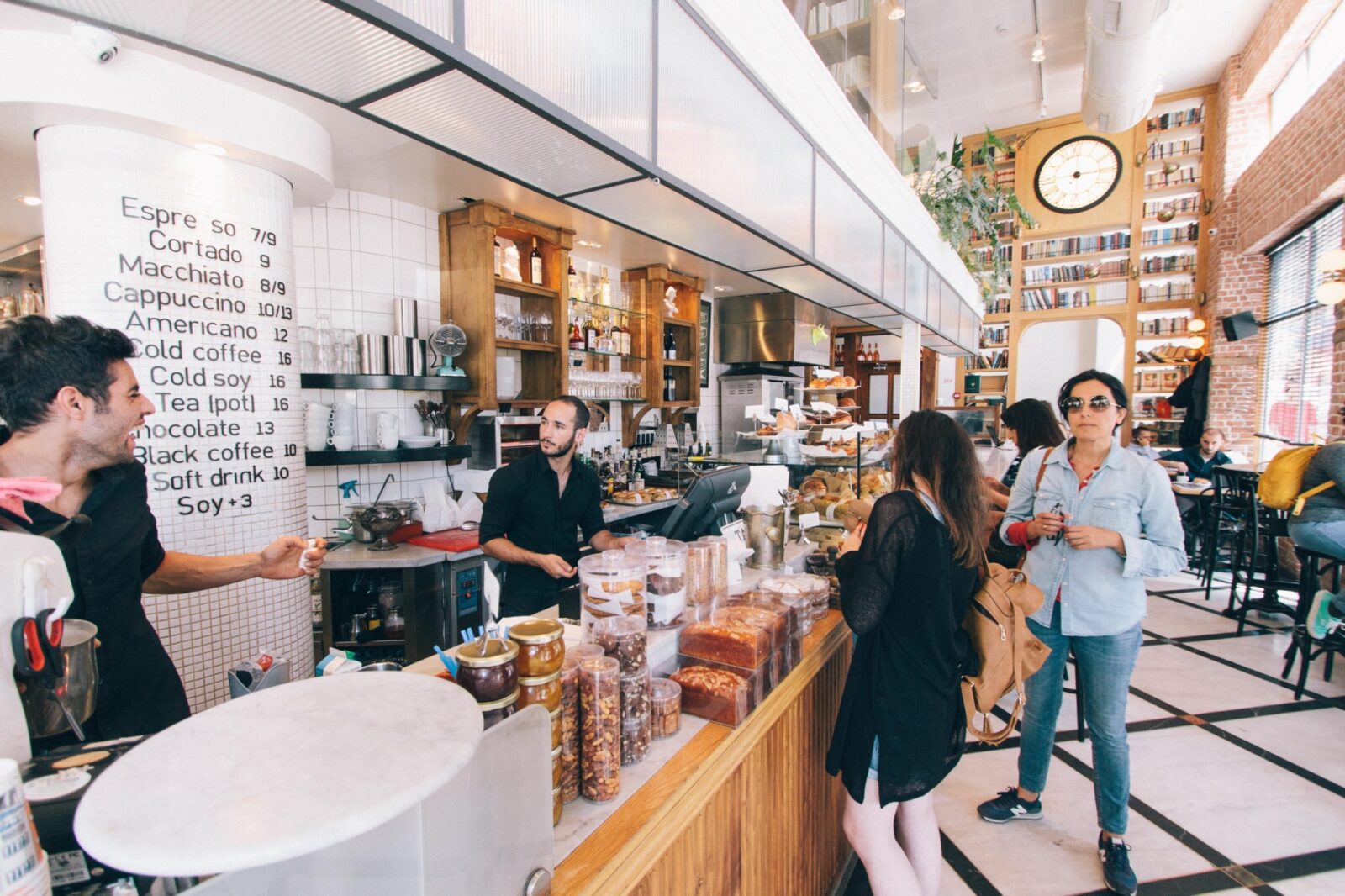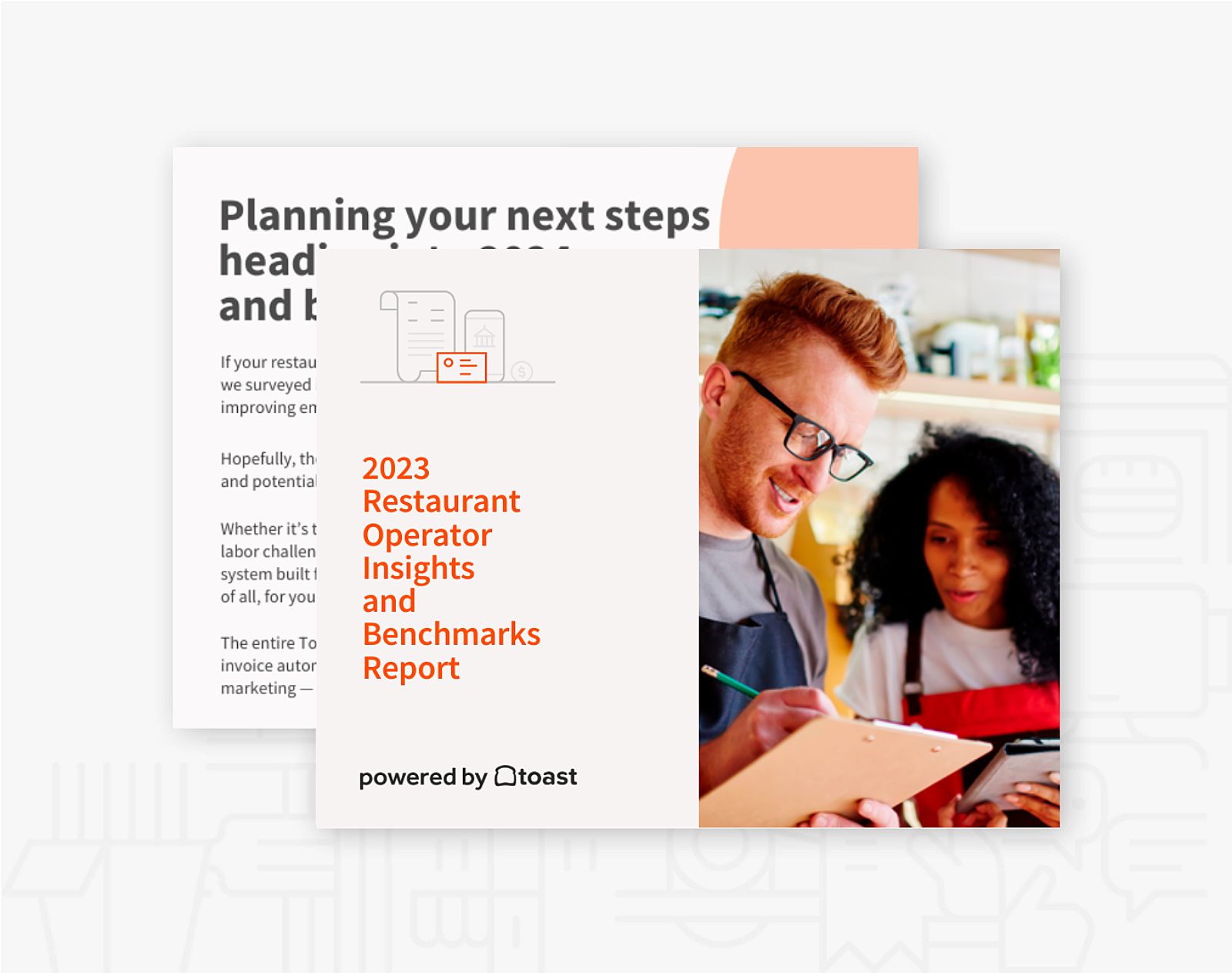
How Understanding Restaurant Demographics Can Help Boost Sales
Restaurant operators can help boost sales by identifying and optimizing for their customer demographics.

Justin GuinnAuthor


Restaurant Operator Insights Report
See insights from real restaurant operators which can help you benchmark your current and planned restaurant technology stack against your peers as we head into 2024 and beyond.
Operators must understand their restaurant demographics.
Knowledge of what inspires guests of different ages can help optimize restaurant marketing plans. Understanding guest behaviors by household income can help boost restaurant sales. And considering the family make-up of guests (single, partners, kids, etc.) can help operators determine their proper steps of service.
Critical demographic details like these helped the restaurant industry launch blue plate specials, dollar menus, weekday happy hours, and other ingrained promotions.
Toast is the point of sale system built for restaurants — so we conducted research in order to help restaurants understand the evolving preferences, behaviors, and dining habits of their guests across different demographics splits.
Read on to see why it’s so critical to understand restaurant target market demographics.
Operators can analyze their customer base against demographics to identify details about top customers. These top customers are known as restaurant target market demographics
For example, a trendy new restaurant made famous by TikTok and only open Thursday through Saturday night will have a drastically different target demographic than a buffet restaurant that closes at 7pm every night — and restaurant marketing strategies will resonate differently between these different demographics.
Menu Engineering Worksheet
Use this menu engineering worksheet, complete with intricate menu engineering formulas, to determine areas of strength and weakness in your restaurant's menu.

Evolving demographics preference impacting restaurant sales
Restaurant sales, or restaurant revenue, are an essential measure for operators.
Sales are most commonly measured by menu item, time of day, day of the week, or channel (dine-in, takeout, delivery, call-ins, online ordering, etc.) Operators can layer restaurant customer demographic data on their sales to gain more actionable insights.
In order to better understand restaurant sales drivers, we asked restaurant guests what most compels them to eat out more often.
Here are a few age-based insights from restaurant guest research that Toast conducted:
There are equally interesting findings when we cut the same data by the guest’s geographic area.
Based on these demographics findings, restaurant owners can optimize their marketing strategies and overall operation to cater to target market demographic — driving new potential customers and building customer loyalty with past guests.
If that’s Baby Boomers and older demographics, operators may be best off focusing on value and strategic menu pricing — same with suburban and rural diners.
For Millennials and Gen X, online ordering and delivery is essential and affordability and speed are somewhat important — also tracking with urban diners.
Restaurants targeting gen z and younger demographics may want to consider quicker service models, such as Toast’s New Steps of Service, to get guests in and out quickly — true for urban and suburban diners as well.
Restaurant marketing success and discovery vary by demographics
Guests have to discover a restaurant before they contribute to sales at that restaurant. Spoiler alert — not all customer demographics discover restaurants the same way.
Let’s first take a look at how often different demographics are even trying new restaurants.
A majority of guests 25-44 have tried a new restaurant within the past month — whereas significantly more guests 65 and older haven’t tried a new restaurant in four or more months than younger cohorts.
Restaurant discovery can vary widely across different demographics. Take a look at the breakdown between guests with kids and no kids.
Some strategies are more effective than others when it comes to generating new guests across demographics.
One thing that’s certain, recommendations remain paramount — though nearly three times as many restaurant guests with kids discovered their most recent new restaurant via restaurant social media marketing efforts.
Differing restaurant technology preferences impact behaviors
Restaurant technology preferences are another critical measure to examine by demographics.
We can break out demographics based on frequency that guests dine in per month to better understand guests that dine in more frequently.
Restaurant technology preferences are also highly influenced by age. For example, a significant amount of all guests surveyed prefer online ordering for takeout and/or delivery from a restaurant's own website (rather than a 3rd-party app) — and older generations especially so.
It’s important for operators to understand how customer technology preferences can change based on restaurant types.
Our guest research breaks out the differences in must-have restaurant technologies by full-service and quick-service restaurants.
FSR and QSR operations offer vastly different customer experiences, so it makes sense that the must-have restaurant technology would vary.
For example, more restaurant customers consider loyalty and rewards and online ordering as must-haves for QSRs than they do for FSRs. For FSRs, reviews and reservations are more often must-haves than for QSRs.
The strategic implementation of QR-codes, such as with Toast’s New Steps of Service, can be a boost to front-of-house efficiency for FSRs. At the same time, QSRs can adopt Toast’s New Steps of Service to help bust the line and offer self-service options in addition to a traditional counter-service experience.
Capitalize on restaurant target market demographics
Understanding your unique restaurant customer demographics can be critical for achieving and sustaining business growth.
Initial targeted demographics should be outlined in a restaurant business plan — though operators may learn in time that their expected demographics don’t align with the actual customer base. That’s OK! It’s important to revisit the demographics responsible for the bulk of sales.
One method operators could use to learn more about the restaurant’s target demographic could be sending a simple survey to their customers to learn more about them. Restaurant marketing tools may also be able to help operators better understand their top demographics — and they can definitely help to engage with them.
Restaurants can turn up loyalty programs, gift cards, email marketing, and other marketing forms to engage with specific, high-value customer demographics. Operators can utilize their restaurant reservation tool to engage with guests and get them coming back for more — and all the better if these tools are tied into the restaurant point of sale (POS) system, such as with Toast.
The successful implementation of restaurant customer demographic details can help restaurateurs make better business decisions and unlock more profitable sales opportunities.
Methodology
Toast conducted a blind online survey of 969 U.S. adults ages 18 and older between January 6-23, 2023. Respondents were not made aware that Toast was fielding the study. All respondents ate out (via dine-in, delivery or take-out) at least 1 time during the previous 3 months. Using a standard margin of error calculation, at a confidence interval of 95%, the margin of error on average is +/- 3%.
Is this article helpful?
DISCLAIMER: This information is provided for general informational purposes only, and publication does not constitute an endorsement. Toast does not warrant the accuracy or completeness of any information, text, graphics, links, or other items contained within this content. Toast does not guarantee you will achieve any specific results if you follow any advice herein. It may be advisable for you to consult with a professional such as a lawyer, accountant, or business advisor for advice specific to your situation.
Subscribe to On the Line
Sign up to get industry intel, advice, tools, and honest takes from real people tackling their restaurants’ greatest challenges.
